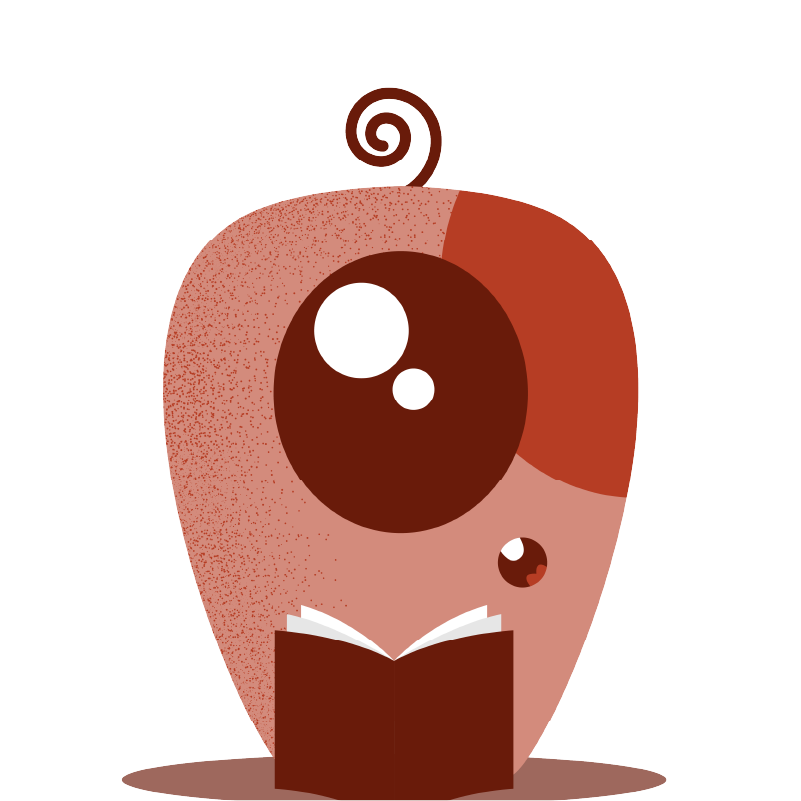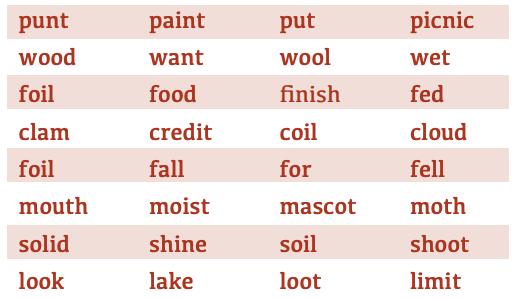English Language Arts
for 1st Grade Students
See what skills your child will learn in English Language Arts, examples of student work and how you can help at home.
Tip: Hover over icons to see definitions of key terms.
This is an example tooltip!

Expectations for Students
1st graders should understand how to do the following well by the end of the year:
LEARNING TO READ & WRITE
Match letters & sounds to decode & write out words with 1-2 syllables

Read, spell, & properly use sight words that hold the language together. For example, “a”, “the”, “to”, “of”, “from”, “is”, “are.”
Read decodable texts so the reading is smooth.
Write neatly & in full sentences.
LEARNING ABOUT THE WORLD THROUGH TEXT
Ask & answer questions about texts. Retell what happened & explain key ideas. This may include inventive spelling.
Use both drawing & writing to show something new they have learned from a text or about a topic. There should be a clear topic & facts about the topic
Example Student Work
Sidebar Tooltip
The Hares and the Frogs
Three hares stood in the grass. “I am sad,” one of them said. “I wish we were brave.” “So do I,” said the next one. “But we are not brave. A splash in the brook scares us. The wind in the grass scares us. We are scared all the time.” “Yes,” said the last one. “It is sad to be a hare.”
Just then there was a splash in the brook. The splash scared the hares. They ran off to hide. As they ran, they scared a bunch of frogs. “Look,” said one of the hares. “The frogs are scared of us!” “Yes, they are!” said the next hare. “They are scared of us! Well, I’m glad I am not a frog!” “Yes!” said the last hare. “In the end, it is good to be ccca hare!”2
Example Tooltip
Sidebar Tooltip
CHESTER’S WAY
Chester’s Way by Kevin Henkes is a storey about two mice named Chester and Wilson . They are best friends. They played with echether. They remgndid echether to wear sunscreen. They rode bikes with echother. The drest the same way for Halloween. Chester and Wilson were probelby best friends forever. I have a best friend his name is Chris we like to taking trns paying at our house.
Names a topic.
Retells what happens.
Inventive spelling.
Everyday Activities to Support Learning
Tips for Talking to Teachers
A strong relationship between families and teachers is key to ensuring students have what they need to succeed. Parent involvement not only leads to higher grades and test scores, but also helps students develop self-confidence, motivation, and social skills. Knowing what questions to ask at school visits and parent-teacher conferences can help you feel confident when it comes to addressing your child’s’ academic needs.

